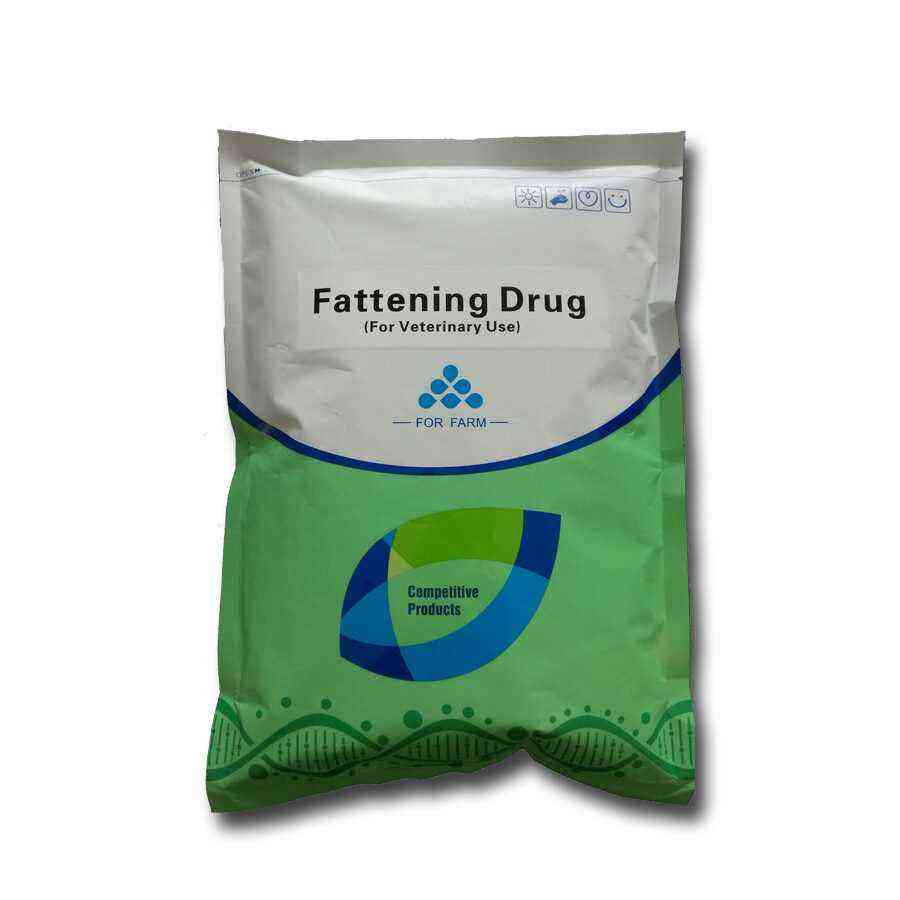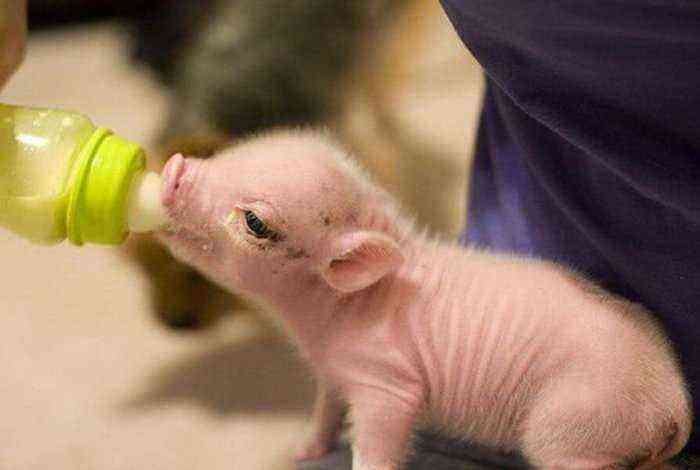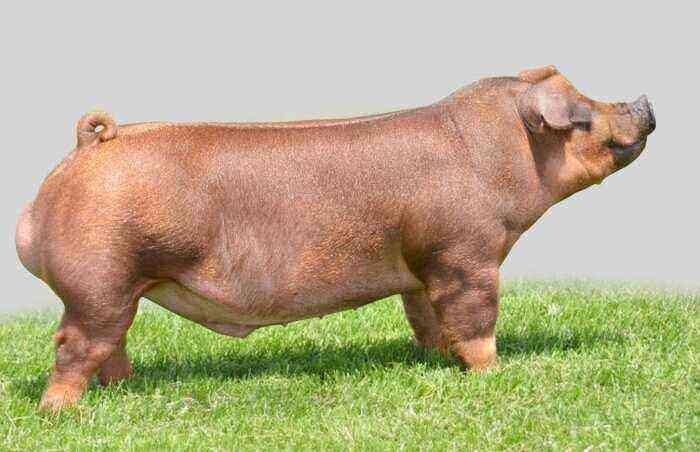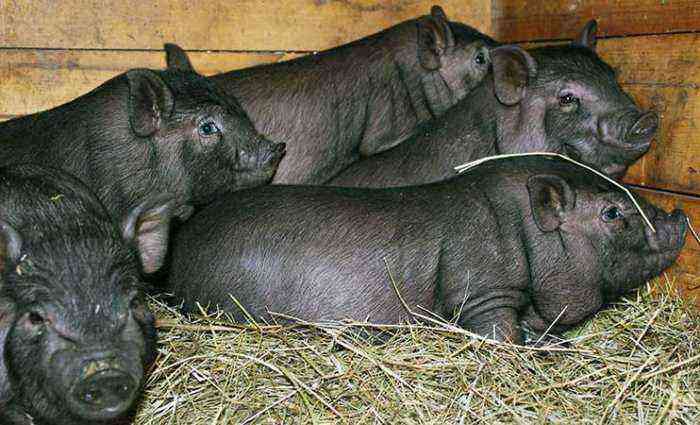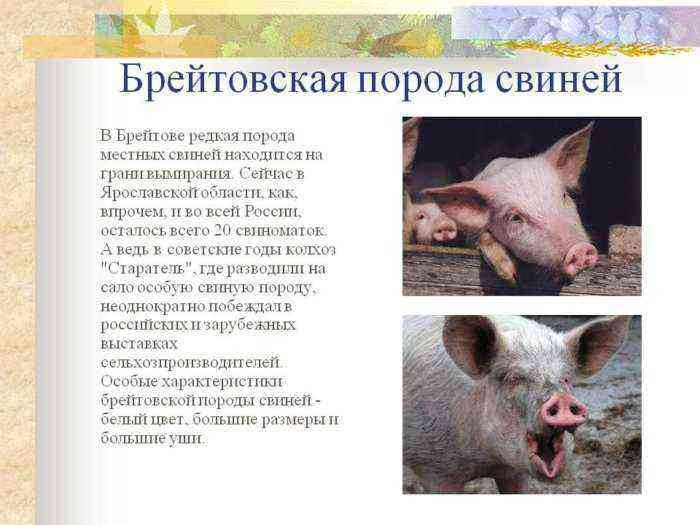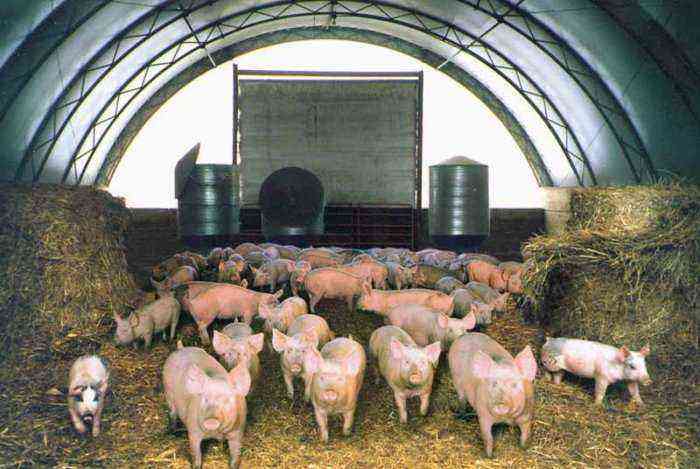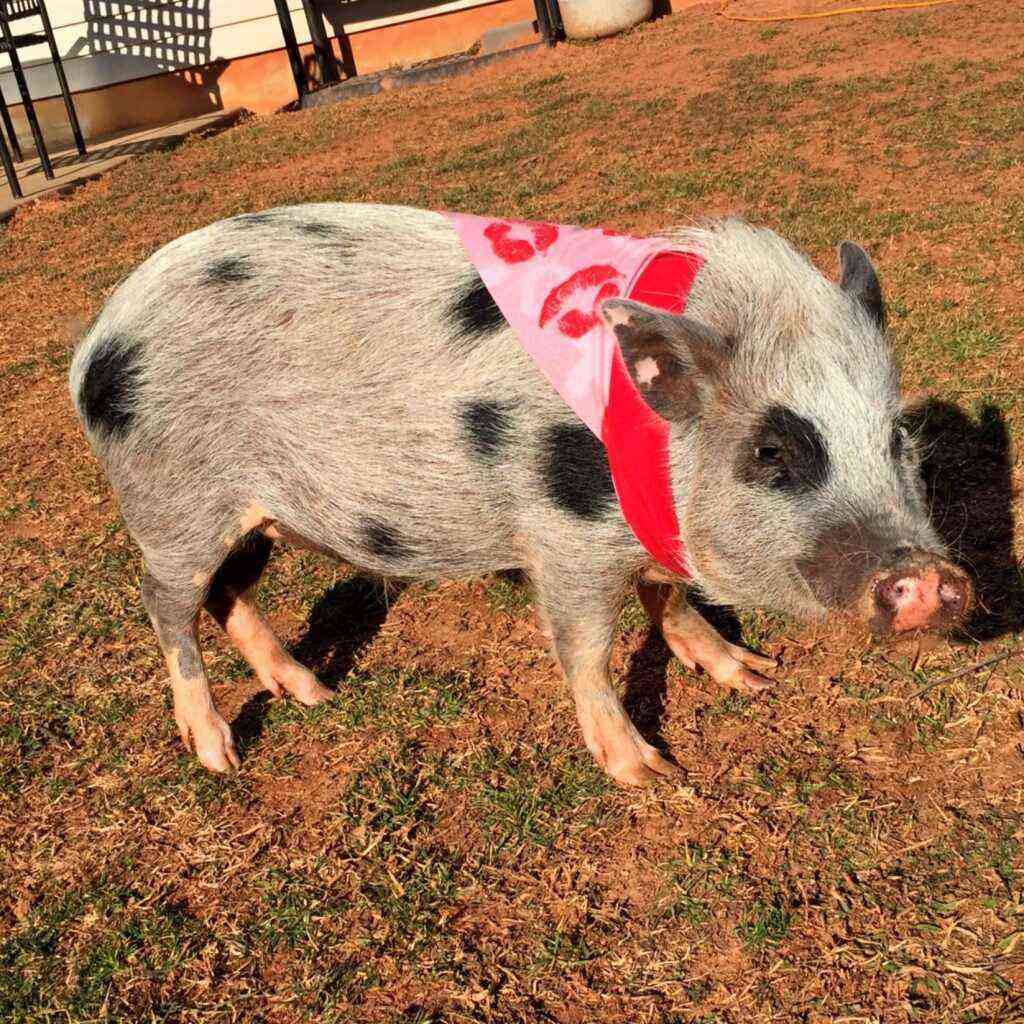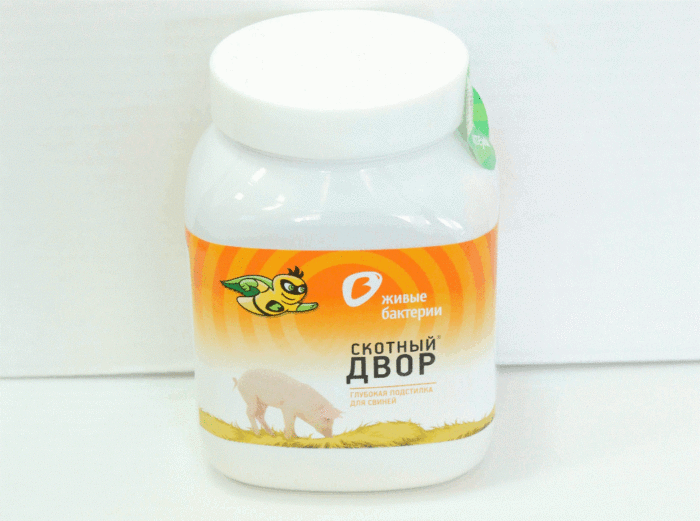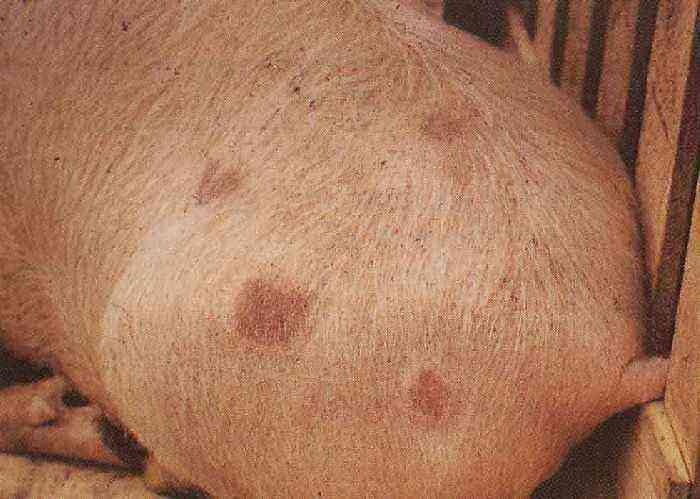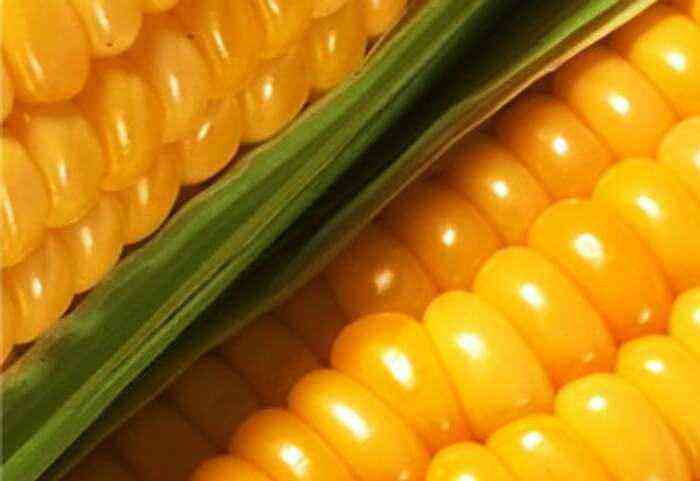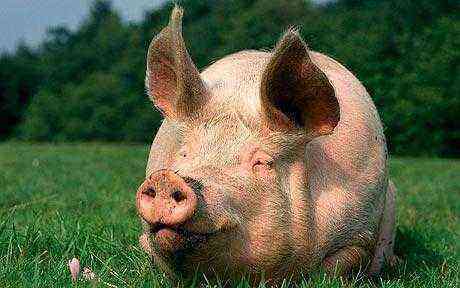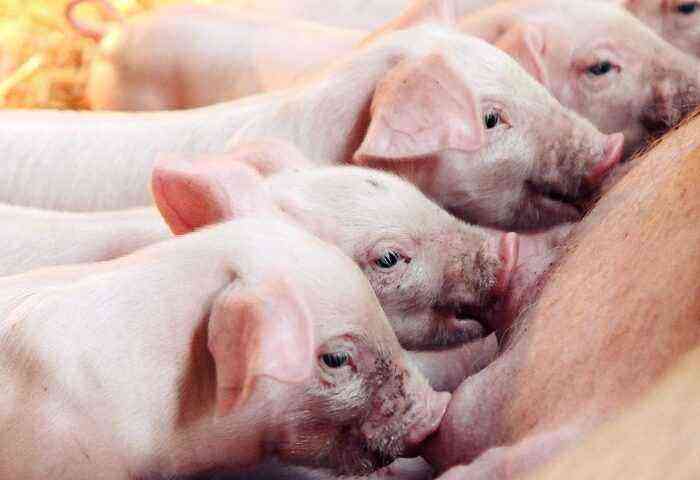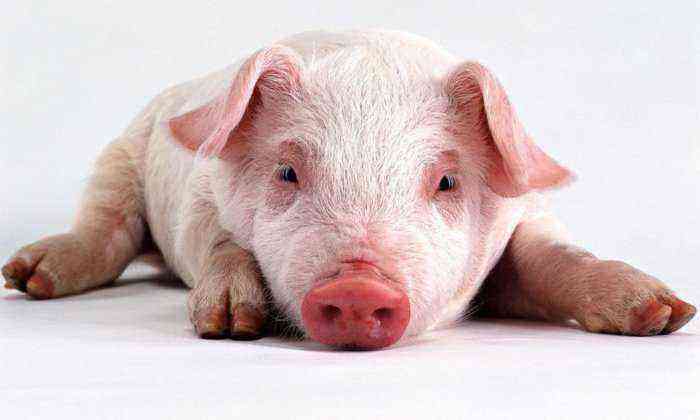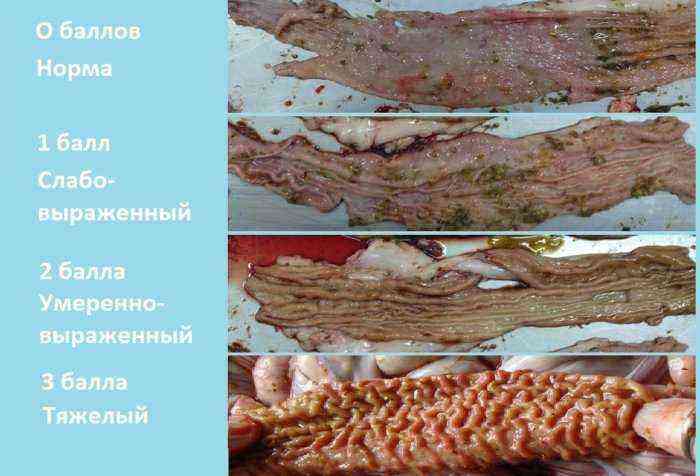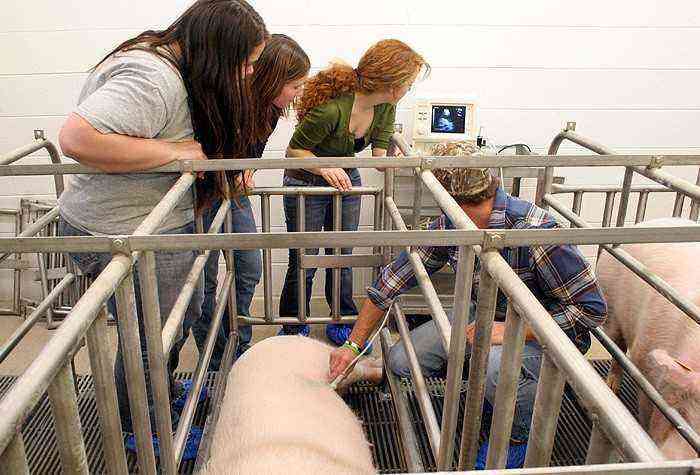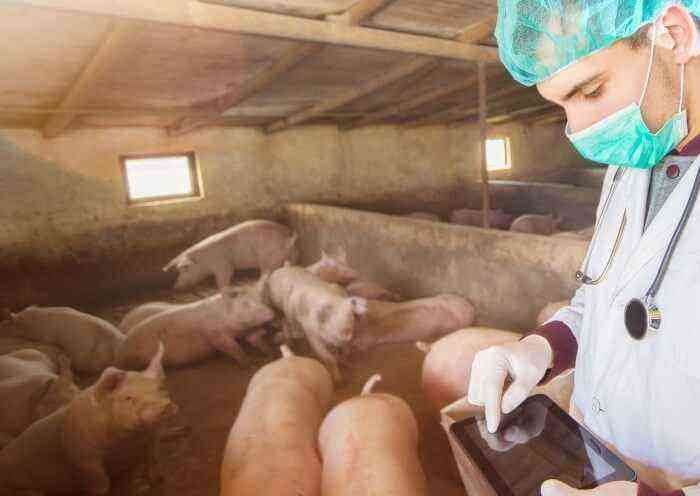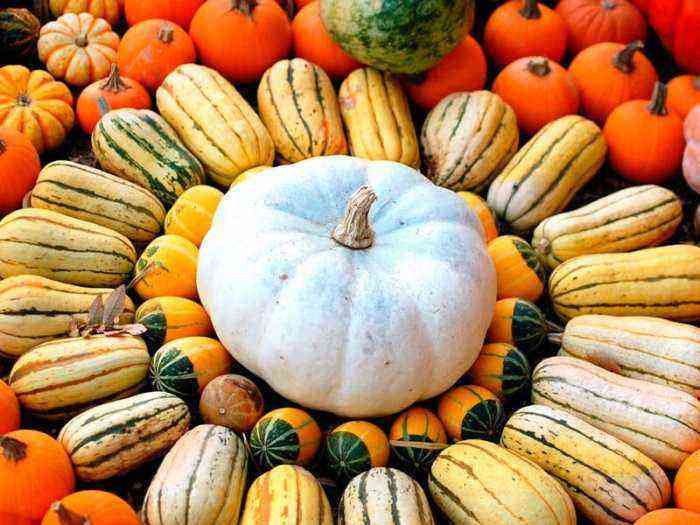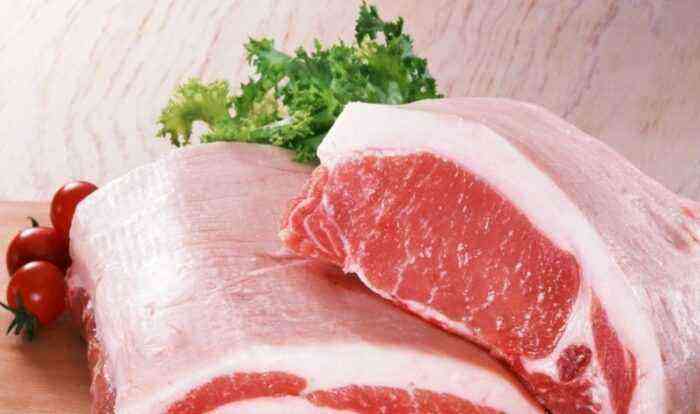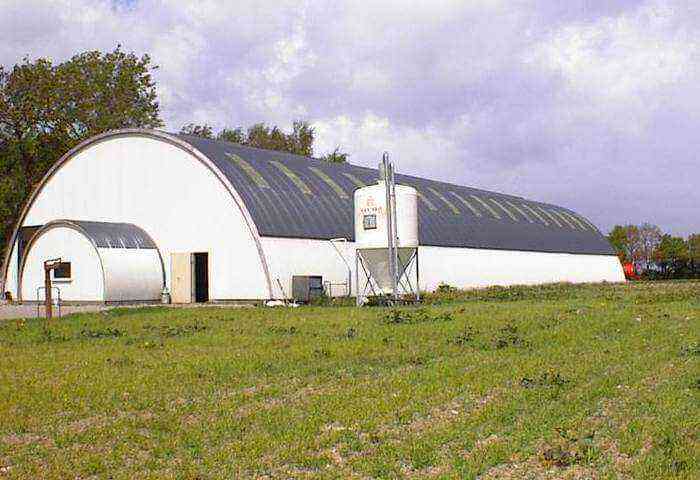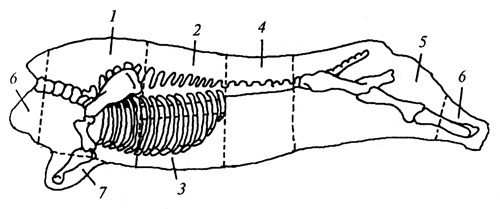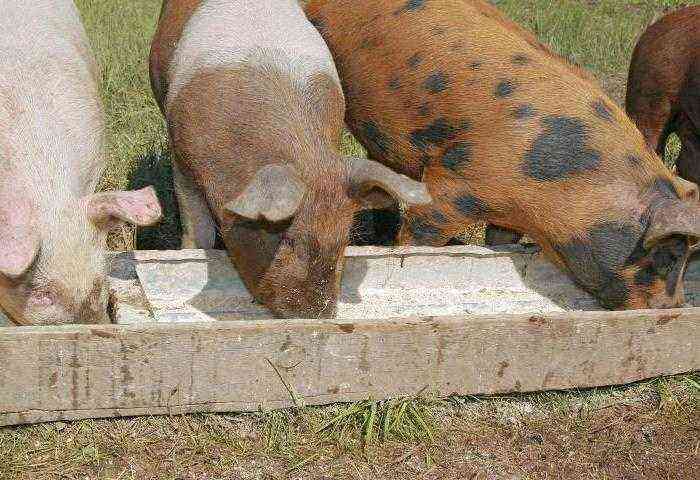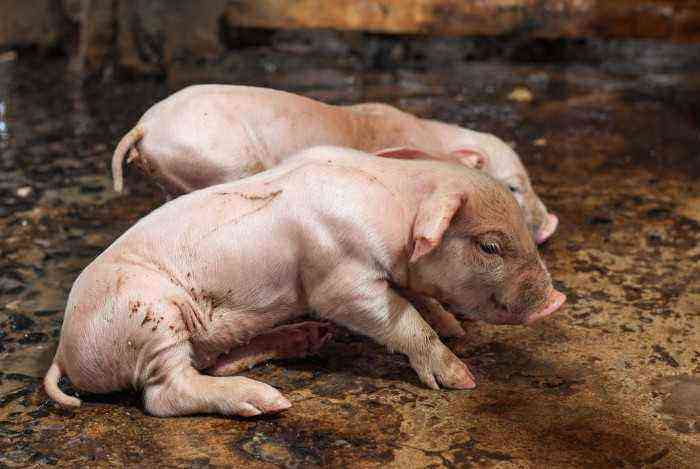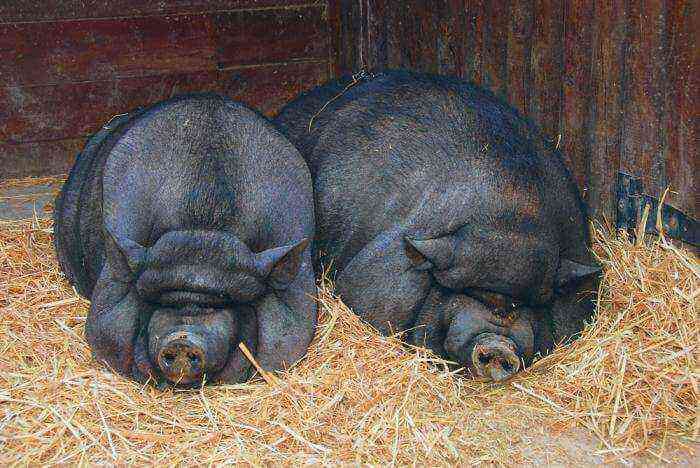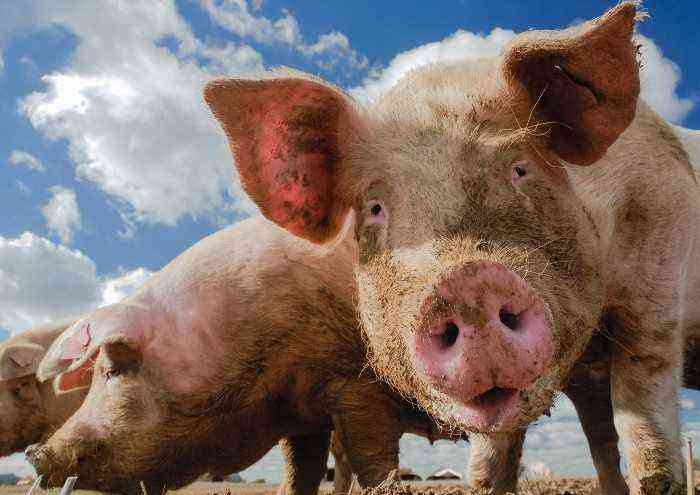Any person who has ever been involved in animal husbandry knows that pork meat is one of the most fatty and high-calorie agricultural products. European breeds of pigs are quite unpretentious in food. Their main diet includes grass and hay, as well as crops. The first affects the growth and quality of meat, the second contributes to the formation of fat and fat.
Meat of herbivorous pigs
Modern Europeans are increasingly concerned about their health, so manufacturers are forced to look for ways to reduce the fat content of pigs. A sharp decrease in the share of cereals in feeding is not an option. Such a decision will contribute to the weakening of the immune system of animals, and also make the meat tougher. From malnutrition, pigs will get sick more often.
Thanks to the choice of a course for a healthy lifestyle, it is herbivorous pigs that are becoming more and more popular not only on the European continent, but throughout the world. Also a significant role in this process was played by the rise in prices for most grain crops and regular epidemics among livestock.
Characterization
The word “herbivores” in the name of these pigs indicates that the basis of their diet (about 80%) in the summer is forbs, and in winter – hay and root crops. The consumption of cereals by these animals is minimized. This has a positive effect on the quality of meat and provides a thin layer of fat – from 1 to 5 cm, depending on the subspecies.
The meat of these animals has high taste characteristics, it is considered marbled, and in terms of cholesterol content it is significantly inferior to ordinary European breeds.
In the warm season, independent grazing is possible with a special fence. Care must be taken to ensure that there are no poisonous plants in the allotted pasture.
In Europe, these varieties appeared not so long ago and are just beginning to gain popularity among livestock breeders. Geneticists continue to work on obtaining purer meat breeds of herbivorous pigs. So, the brazier breed today is one of the most promising.
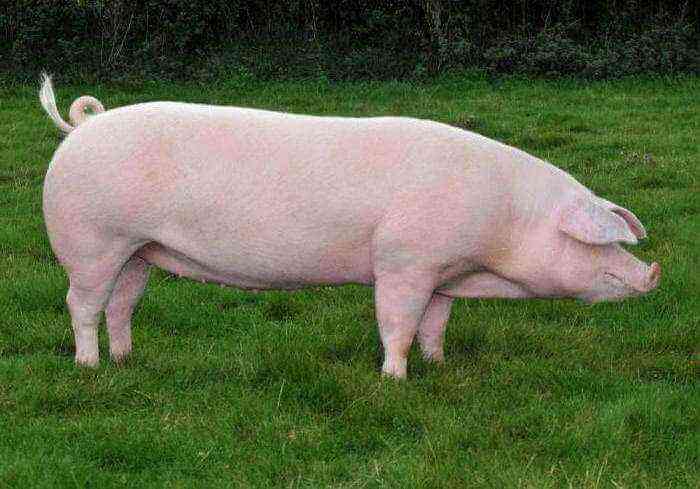
Breed of herbivorous pigs
Types of herbivorous breeds
Herbivorous pigs today have several varieties. Some of them should be considered in more detail.
Vietnamese
Vietnamese bellied pigs are native to Southeast Asia. These animals are actively bred in Canada, Ukraine, Romania and Hungary. Recently, breeders from the CIS have shown interest in this breed, in particular, livestock farms in Belarus and Russia.
The species is highly adaptable, enduring frosts of European and Canadian winters and hot, humid weather equally well. Pigs of this breed have high immunity and are much less susceptible to typical diseases of their European counterparts.
Key features include:
- readiness for reproduction after 4 (for females) and 6 (for males) months;
- gestation lasts from 114 to 117 days, the average litter has about 12 piglets, the annual productivity of one sow is an average of 24 piglets;
- birth weight is 600 grams or 450 grams for males and females, respectively;
- high rates of milk production, females remain non-aggressive throughout the entire period of feeding offspring;
- the life expectancy of one individual usually reaches 18 years;
- in percentage terms, the diet is 70-80% forbs, root crops and hay and 20-30% cereals;
- with properly selected nutrition, by 7-8 months, Vietnamese pigs, on average, gain about 80 kg of live weight.
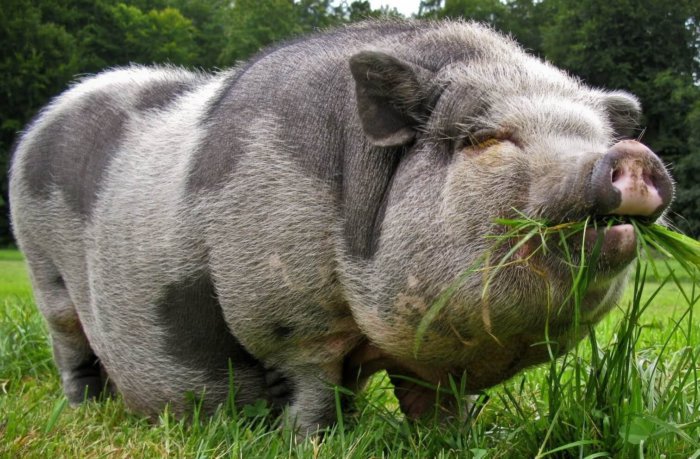
Vietnamese bellied pig breed
Adults have stubble that extends across the back from the neck to the rump. Its length can reach 20 centimeters. Males grow quite long fangs – 10-15 cm at the age of three. Sows and gilts are distinguished by a large, sagging belly.
Reference. The addition of this breed is called bacon. Pigs have a squat, broad body and broad chest.
Korean
The Korean herbivorous pig is very similar to the Vietnamese breed in terms of characteristics, dietary preferences and reproduction. In fact, almost everything given in the previous section can be attributed to this type of pig.
The main distinguishing feature of the Korean pig is the presence of large wrinkles in an adult. They are especially well visible on the muzzle of the animal. Also, this breed is characterized by a narrower section of the eyes.
If we talk about the features of breeding and productivity, then with intensive fattening, the average representative of this species by the age of 7-8 months can gain up to 120 kg of live weight. For Vietnamese counterparts, this figure is more modest, and, as already noted, is only 80 kg.
Brazier
Mangal pigs were bred by breeding as a result of crossing a wild Western European breed and a Carpathian mangalitsa. Despite the fact that this species is usually classified as an elite one, these animals are unpretentious in maintenance and feeding, and are also poorly susceptible to infectious diseases.
The brazier breed is mistakenly considered a relative of the Vietnamese bellied pig due to some external similarity. In fact, this is an exclusively European species, bred specifically for obtaining dietary meat.
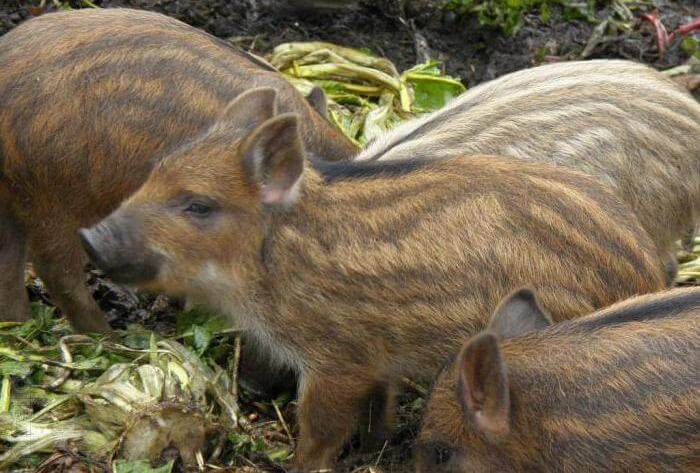
Pig brazier
Key features include:
- representatives of this species reach puberty by 5 (for females), 7 (for males) months, for mating, individuals should be selected that have reached a weight of 100 kg;
- it will take from 116 to 120 days to bear offspring, usually from 12 to 16 piglets are born, during the year an adult pig is able to give 2 farrowing;
- the average weight of a newborn individual is 400-500 grams;
- sows have a calm disposition and take care of their offspring on their own, human help may be required only in extraordinary situations;
- under normal conditions, braziers can live for about 20 years, and their maximum weight reaches 300 kg;
- the diet is dominated by grass, foliage and branches of shrubs, root crops (up to 80%), cereals account for only about 20% of nutrition.
Due to the presence of thick wool, this variety of pigs is quite resistant to the frosty winters of Central European latitudes. In order to avoid negative consequences in the pigsty, the positive temperature should always be maintained, there should also be no drafts.
Advantages and disadvantages
The advantages of breeding herbivorous pigs are very obvious:
- high reproduction rates (2 farrowings of at least 12 piglets per year);
- cleanliness and balance even during the period of feeding piglets;
- thin fatty layer, meat contains 5-7 times less harmful cholesterol than ordinary European breeds;
- stable immune system, immunity to most epidemics and infectious diseases;
- the ability to reproduce already at an early age (5-7 months at 100 kg of live weight in a female);
- low food costs.
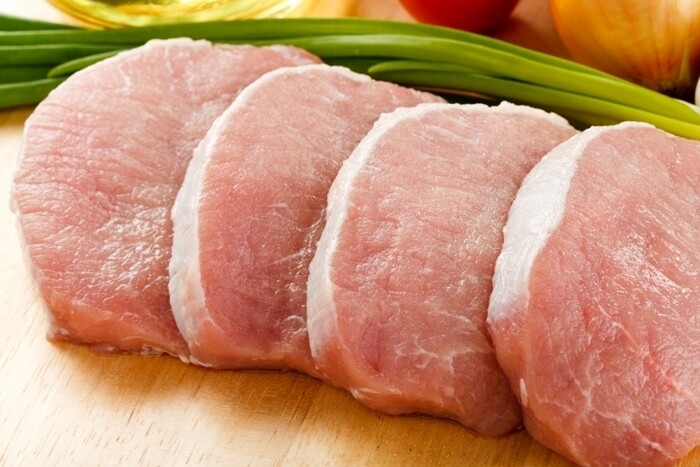
Thin layer of fat in meat
Among the few disadvantages are the following:
- the rarity of breeds and the associated rather high cost of one individual (depending on the species, one piglet can cost 50-200 US dollars);
- these animals are afraid of drafts and do not tolerate colds;
- the minimum amount of fat;
- preferably the presence of medium-sized areas for grazing.
Conclusion
Animal husbandry today is increasingly focusing on the production of low-calorie, healthy, nutritious meat with a low fat content. That is why the relevance of breeding herbivorous pigs has increased significantly. After all, these breeds are meat. Unpretentiousness in maintenance, high immunity, enviable rates of reproduction and live weight gain are an additional argument that in the future the breeding of these animals will only gain momentum.
